
Q. I have a 55-gallon-long aquarium that houses four goldfish: one 5-year-old comet, one 2-year-old black moor, one 1-year-old fantail and one 2½-year-old orange oranda. My problem is with the orange oranda goldfish.
The fish started swimming upside down and seemed to be out of control. Constipation? Someone suggested placing one to two grains of Epsom Salts into its mouth behind the teeth to help clean out its digestive system — which I tried. It seemed to make the fish better, but it is still not acting normally.
I then tried a product called Quick Cure for two days as directed — leaving the carbon in the filter and raising the water temperature to 83 degrees Fahrenheit. Nothing. Now I am feeding tetracycline-medicated fish food for five days.
This is not the first, or even the second, time my oranda goldfish have gotten sick and died. I have tried every suggestion and read many books and magazines (including Aquarium Fish International) for advice. My fish is still alive, but not well. Enclosed is an aquarium maintenance schedule.
A. The writer enclosed a very useful detailed summary of her fishkeeping practices. It was really helpful to have all the facts outlined concisely. Among the things she reported: a 30-percent weekly water change, good mechanical and chemical filtration, good aeration, pH between 6.8 and 7.2, no ammonia or nitrite, water conditioning with salt and Novaqua, and feeding 3 tablespoons of soaked pellets once per day.
So what is the problem? Our first clue is that the oranda goldfish has trouble maintaining its normal balance. A second clue is that there are no external wounds or other signs of external parasites or bacterial infection. Our third clue is that it has happened before to other orandas she had kept. The fourth clue is that it has not happened to other goldfish varieties. Our fifth clue is that water conditions are fine. And the sixth clue is the feeding schedule.
Now, the first and second clues tell us that an internal problem is preventing the fish from orienting itself properly. This is commonly labeled as swimbladder disease, but whether or not the swimbladder is actually involved and whether or not it is diseased is not clear.
The selective propagation of bizarre body-type goldfish varieties does lead to misshapen or inadequate swimbladders. And some breeding stock may be more prone to this problem than others. So, if the writer keeps getting her orandas from the same supplier (clue number three limits the problem to orandas), then perhaps it is a genetic defect. The answer would be to get orandas from a different source.
The sixth clue raises the possibility that the problem may be feeding-related. Goldfish do not have true stomachs. Rather, they have very long intestine-like structures that wind around the inside of their bodies. A gas buildup inside the digestive tract can cause a goldfish to flip over for an hour or more after feeding.
Alternatively, the direct feeding of dry fish foods — pellets or flakes — can cause a similar effect as the fish food absorbs moisture in the fish's gut and expands. Because the writer soaks the pellets this does not appear to be likely.
But, feeding 3 tablespoons of fish food per day in one feeding could be the root of the problem. That is a lot of fish food for just four fish. I have a 300-gallon indoor pool with the same number and variety of goldfish and I feed them 1 tablespoon of pellets per day. My goldfish are big, healthy and six years old on average, so they are not starving.
Systematic overfeeding can cause chronic digestive problems, leaving a marginally balanced goldfish perpetually upside down. A marginally balanced goldfish is one that is already teetering on the brink of imbalance because of its body shape and swimbladder structure and placement.
I suggest you cut back your feeding to 2/3 to 1 tablespoon per day. I also suggest you divide the feeding into at least two, or perhaps three, meals per day. You might also supplement the feedings with some cooked and shelled peas every few days.
I also suggest you eliminate the salt in the water. It is not doing anything useful for the fish and it makes it harder for those that already have flotation problems to maintain their balance. (Yes, it's true. Using salt as a permanent additive to a goldfish aquarium has no practical effects. It does have therapeutic value when used as a short-term treatment, which is a different matter.)
Notice that there was no indication of infection or disease. After all, why would just orandas get sick? Were there hemorrhage marks on the body or fins? And the fish did not stop eating. Notice that the writer tried at least two different fish drugs, which had no effect.
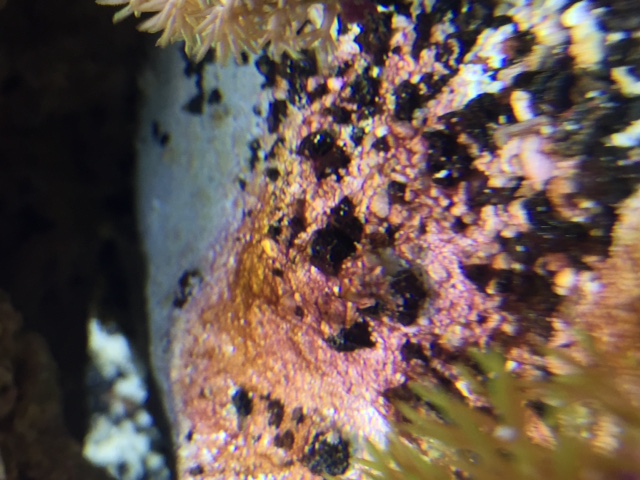 Red Algae in Marine Aquarium
Q. Ive been keeping saltwater fish for about five years, and
Red Algae in Marine Aquarium
Q. Ive been keeping saltwater fish for about five years, and
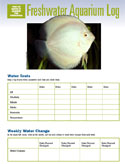 Aquarium maintenance logs for freshwater, saltwater and reefkeeping aquarists
Thank you for signing up for the FishChannel newsletter, the
Aquarium maintenance logs for freshwater, saltwater and reefkeeping aquarists
Thank you for signing up for the FishChannel newsletter, the
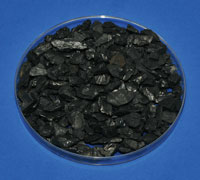 Aquarium Carbon
Whether it is for a small betta bowl, 6 million gallons
Aquarium Carbon
Whether it is for a small betta bowl, 6 million gallons
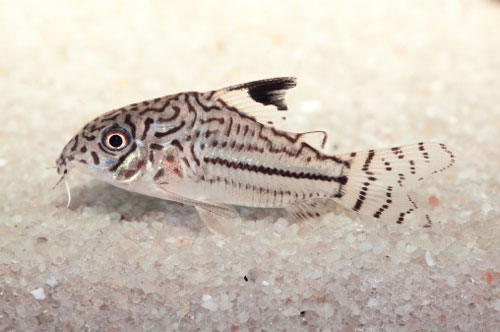 Keep Your Aquarium Clean With These Tank Tools
Success in maintaining a freshwater system takes applied kno
Keep Your Aquarium Clean With These Tank Tools
Success in maintaining a freshwater system takes applied kno
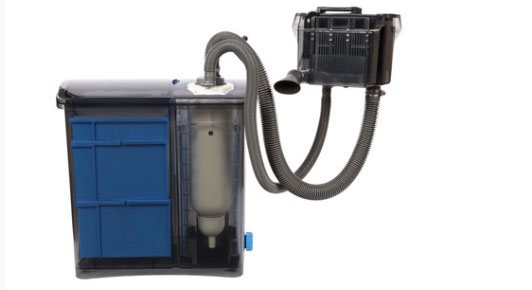 Aquarium Filtration Done Right
Today, keeping unique aquatic species is now commonplace tha
Aquarium Filtration Done Right
Today, keeping unique aquatic species is now commonplace tha
Copyright © 2005-2016 Pet Information All Rights Reserved
Contact us: www162date@outlook.com